
Whether you’re a renter, owner, shareholder, or landlord, understanding the purpose of a Certificate of Occupancy, how to obtain or locate one, and its impacts on financing and leasing is essential. This article goes into depth on that and discusses what to do if you discover you're currently living in a building that lacks a Certificate of Occupancy or an acceptable alternative.
In this article:
Certificate of Occupancy (CO) versus Temporary Certificate of Occupancy (TCO)
A Certificate of Occupancy (CO) is a document that verifies the “legal use and/or type of permitted occupancy of a building.” All new buildings require a CO to be occupied. When a building changes its use, egress, or type of occupancy, it must obtain a new or amended CO, unless the alterations are minor. Although no one is permitted to occupy a building without a CO, there are a few exceptions.In some cases, a building may have a Temporary Certificate of Occupancy (TCO) rather than a CO. A TCO is issued when the Department of Buildings has determined that a building is safe to occupy but still has one or more outstanding issues that need to be resolved before a final CO can be issued. In addition, buildings built or altered before 1938, when COs were not yet required, can be occupied, but only if they have a Letter of No Objection. A Letter of No Objection functions much like a CO as it verifies that the "proposed or actual use of the building complies with New York City Building Codes and Zoning Resolutions.”
How to obtain a Certificate of Occupancy
If you’re a developer or individual owner who intends to rent out one or more units in your building, you’ll need a CO. In order to obtain one, however, you will first need to complete a number of other inspections. As detailed on the NYC Department of Buildings’ website, to obtain a CO, you must first get signs-offs on the following:- Final construction inspection
- Final plumbing inspection
- Final elevator inspection
- Final electrical inspection
- Final building survey
- Final builders' pavement plan (BPP)
In addition, you must have no open applications or violations, have completed an Owner’s Cost Affidavit (PW3), and have an approved Schedule of Occupancy filed in the DOB NOW: Build.
The impact of Certificates of Occupancy on financing and leasing
COs aren't just issued to let tenants know that the building they are moving into as a renter, owner, or shareholder is safe to inhabit. COs also impact two important transactions. On the rental side of the market, it is illegal for a landlord to collect rent on an apartment that doesn't have a CO, correct CO, or an acceptable alternative (e.g., a TCO or Letter of No Objection). This means that if a renter runs a check on their building and discovers there is no CO on file, technically, they are not obliged to pay rent until the building's owner has corrected the problem. On the buyer and seller side of the market, COs also play a critical role since banks will not give final approval for a mortgage until they have an accurate CO or acceptable alternative on file.How and why to find a building’s Certificate of Occupancy
While owners of condos and coops are unlikely to find themselves living in a building without a CO or Letter of No Objection due to financing regulations, renters sometimes do find themselves living in buildings without the proper paperwork. Telltale signs that you may be living in a building without a CO, TCO, or Letter of No Objection include gas appliances that have never been hooked up and elevators that have never worked.The only way to know for certain whether or not your building has a CO or acceptable alternative on file is to run a search on the Department of Buildings website. For buildings that would have filed for a certificate prior to March 1, 2021, use the Building Information Search on the Buildings Information System (BIS). Once you type in the address, if a CO has been issued, it will appear. For newer buildings, use the address search on DOB NOW.
For buildings completed before 1938, contact the Department of Buildings’ local borough to request a copy of the building's Letter of No Objection.
What to do if you're living in a building without a Certificate of Occupancy
This brings us to a final and most important question—what should you do if you find out you're occupying a building without a CO or acceptable alternative? Like all other problems, you can report buildings with missing or inaccurate certification to the City of New York by dialing 311 or issuing a complaint on the 311 website.If you do alert the authorities and the subsequent investigation confirms you're living in a building with no CO, TCO, or Letter of No Objection, you should be prepared to relocate immediately. If a building is missing this paperwork or has failed to update its CO after a major alteration, the Department of Buildings will likely issue a vacate order. Once the order has been issued, all tenants will be required to leave the premises. Those that require emergency housing will be directed to a local shelter. In addition, in most cases, tenants will not have time to pack up all their belongings prior to the vacate order going into effect. In buildings that are exceptionally unsafe, tenant belongings may be packed up by city workers and put into storage until they can be retrieved. For details on vacate orders, visit the Department of Buildings FAQ page on the subject.
Below, we look at a selection of Brooklyn buildings likely to receive their COs in the second half of 2024. Exterior work is winding down, and move-ins are likely to begin by fall 2024 at the earliest. In the meantime, sales are underway in these new developments from Boerum Hill to Bensonhurst.
New Brooklyn condos
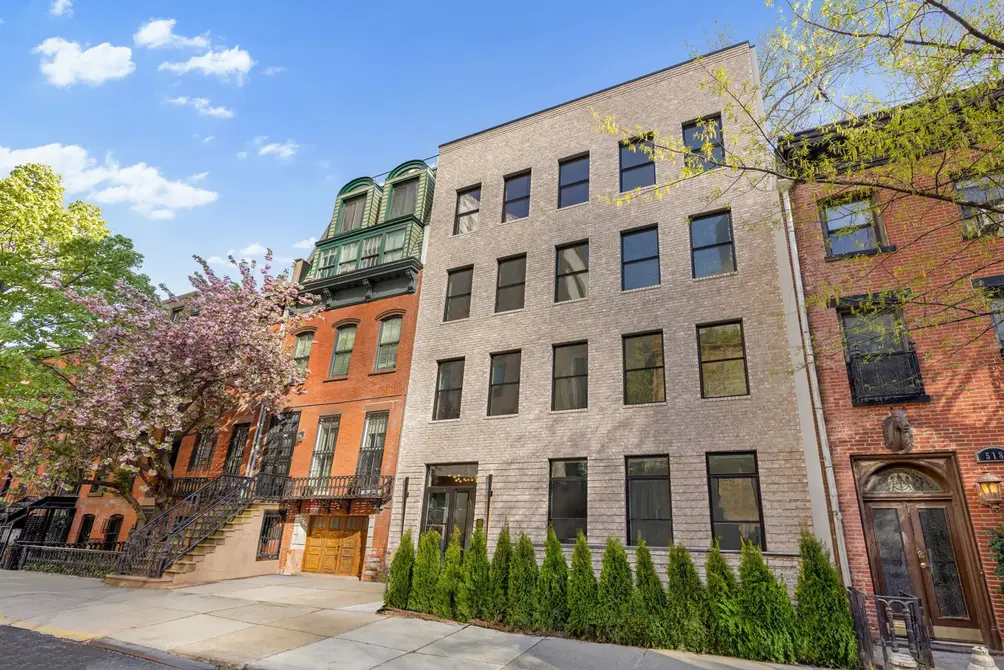 522 State Street (Serhant LLC)
522 State Street (Serhant LLC)
522 State Street brings a collection of four floor-through units to Boerum Hill. Residential amenities include virtual doorman service and a rooftop terrace, but the greatest perk may be its Brooklyn address: It is located in excellent proximity to Fort Greene Park, Brooklyn Academy of Music, City Point, popular restaurants, Flatbush Avenue retail, and the Barclays Center-Atlantic Avenue transportation hub.

522 State Street, #3 (Serhant LLC)

 103 Grand Street (Compass)
103 Grand Street (Compass)
103 Grand Street dates back to 1910, and features like triple-glazed windows and high-end appliances bring it into the 21st century. All interiors feature double-height ceilings up to 18 feet high, reclaimed heart pine wood floors, recessed and pendant lighting, and generous storage space. Moreover, the building is only two blocks from Domino Park, but all units have multiple private outdoor spaces.

103 Grand Street, #3PH (Compass)


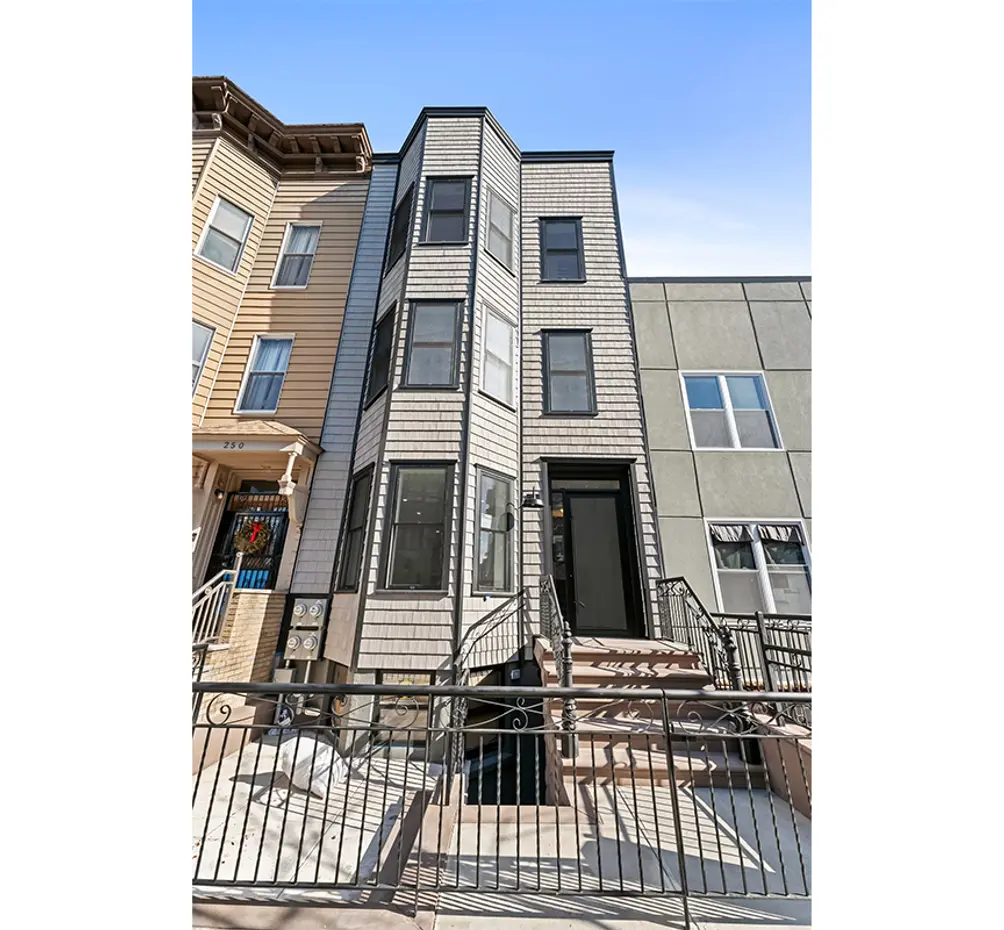 248 Palmetto Street (Douglas Elliman)
248 Palmetto Street (Douglas Elliman)
As of this writing, one of the three units at the forthcoming 248 Palmetto Street has already entered contract. All apartments feature incredible light from northern and southern exposures, bay windows, high ceilings, modern kitchens with Bertazzoni appliances, and well-proportioned bedrooms. Many units have private outdoor space, and all residents enjoy excellent proximity to Irving Square Park, Forest Park, popular restaurants, and the Knickerbocker Avenue M train.

248 Palmetto Street, #3 (Douglas Elliman Real Estate)


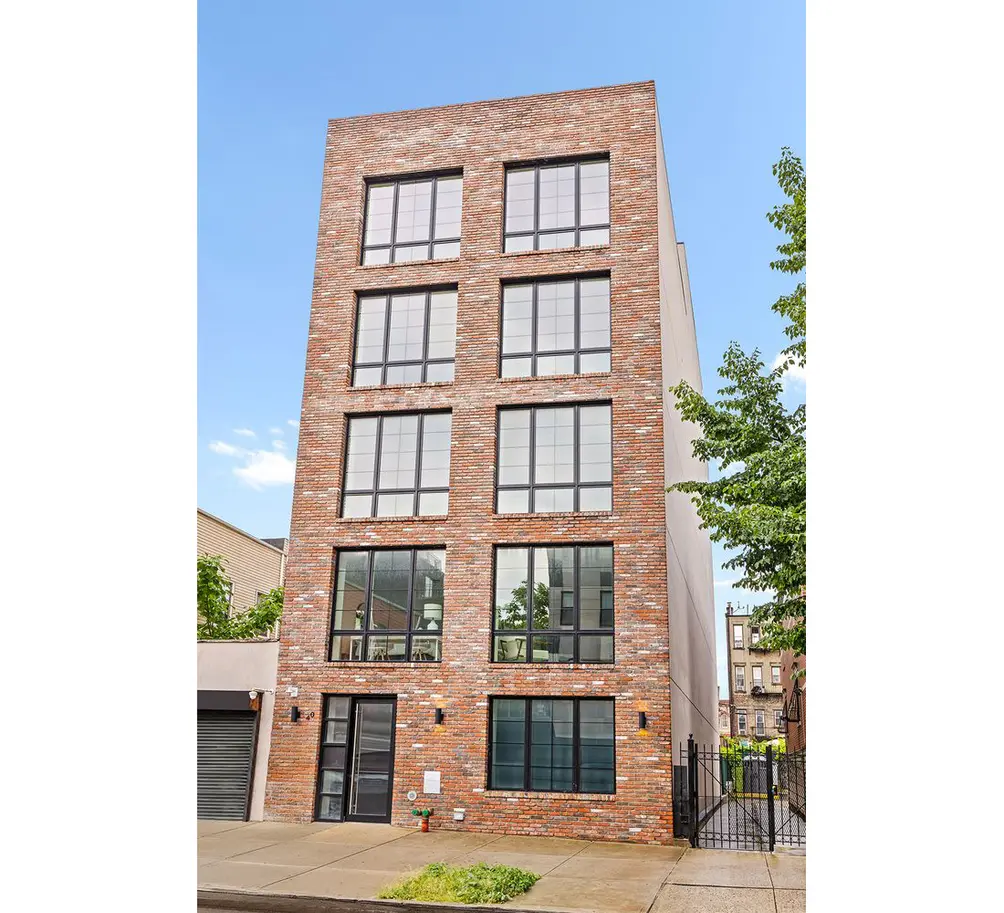 The Schae (Compass)
The Schae (Compass)
The Schae is a new boutique condominium located at the nexus of Bushwick and Bedford-Stuyvesant at 40 Schaefer Street. Only two units per floor allows for excellent privacy, and all interiors feature high ceilings, floor-to-ceiling windows, gourmet kitchens, in-unit laundry, and central HVAC. The red brick building is topped with a common roof deck looking out on views of the Manhattan skyline.

The Schae Condominium, #3B (Compass)

 637 Madison Street (Serhant LLC)
637 Madison Street (Serhant LLC)
637 Madison Street's certificate of occupancy was issued earlier this summer, and the building is now 75% sold. All eight studio through two-bedroom units feature oversized windows, wide-plank hardwood floors, kitchens with top-of-the-line appliances, ductless heating and cooling units, washer/dryer hookups, and private balconies. It is in a prime location near Fulton Park, Saratoga Park, Broadway corridor restaurants and retail, and the A/C and J/Z trains.

637 Madison Street, #4A (Serhant LLC)


Would you like to tour any of these properties?
Just complete the info below.
Or call us at (212) 755-5544
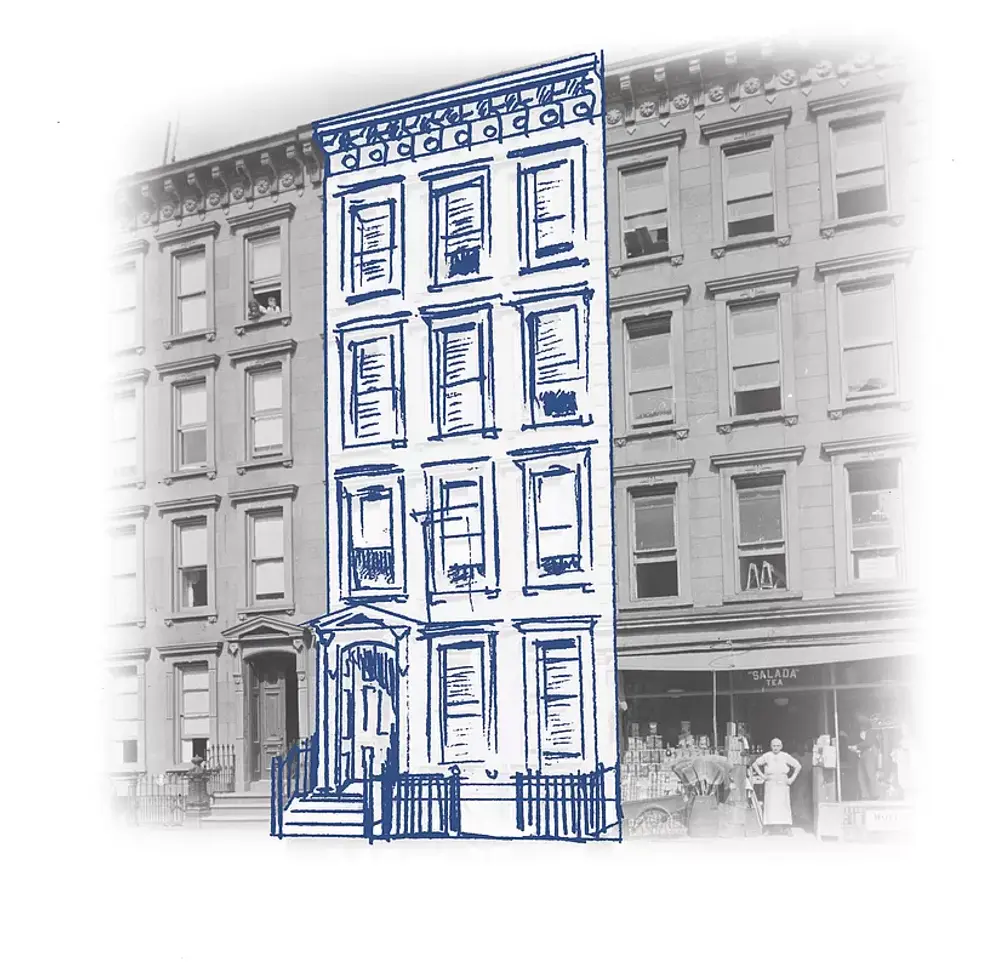 538 Henry Street (Douglas Elliman)
538 Henry Street (Douglas Elliman)
On a tree-lined Carroll Gardens street, the townhouse at 538 Henry Street is being converted to a boutique condominium with four floor-through units. All interiors feature ceilings up to 10 feet high, oversized windows, 6" white oak floors, high-end light fixtures throughout, Fisher & Paykel appliances in the kitchen, and LG washers and dryers. It is well situated near Carroll Park, Henry Street dining, popular local retail, and the Carroll Street F/G trains.

538 Henry Street, #2 (Douglas Elliman Real Estate)

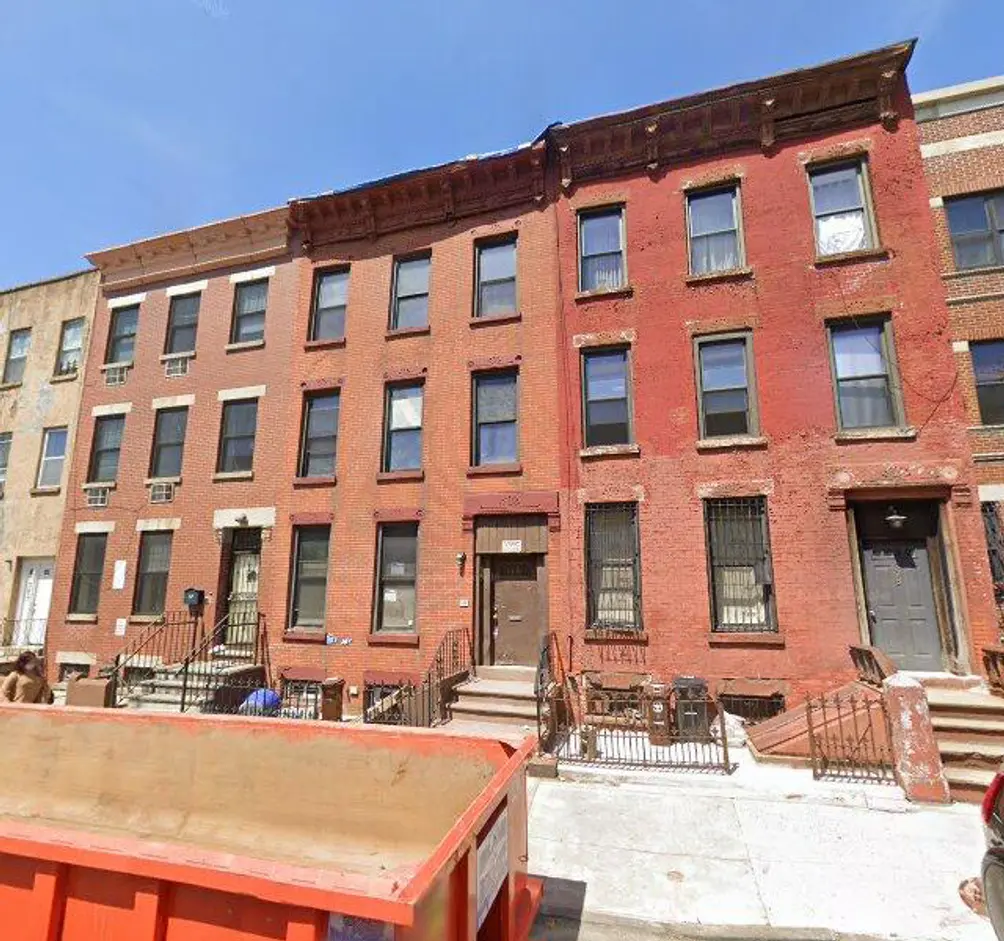 Google Maps screenshot of 371 Douglass Street
Google Maps screenshot of 371 Douglass Street
On a prime Park Slope block near 4th and 5th Avenue dining, and up the street from Grand Army Plaza, sales are underway at the recently converted 371 Douglass Street. All three floor-through units feature high ceilings, wide-plank hardwood floors, chef's kitchens with high-end appliances, ultra-private bedrooms, smart intercoms, and central air conditioning. The garden unit with private backyard has already entered contract, and the upper-level units come with private roof terraces.
 371 Douglass Street, #3 (Douglas Elliman Real Estate)
371 Douglass Street, #3 (Douglas Elliman Real Estate)


From the Listing: Residence #3 is a penthouse-level duplex apartment. Upon entering the main level, you are greeted by an oversized living and dining area that is adorned with three large south-facing windows. Off of this area is a modern open concept kitchen perfect for all your culinary needs. Ascend the stairs to the upper-level primary suite. Residence #3 has two large private roof terraces. See floor plan and full details here.
 87 Irving Place (Corcoran Group)
87 Irving Place (Corcoran Group)
The forthcoming 87 Irving Place brings a sleek, modern design to its stretch of Clinton Hill near Fort Greene Park and Prospect Park. The majority of units have private outdoor space, and all interiors feature high ceilings, oversized soundproof windows, well-crafted kitchens and baths, and custom closets. Residential amenities include virtual doorman service, a package room, bike storage, and a rooftop terrace with panoramic Manhattan and Brooklyn views.

87 Irving Place, #4C (Corcoran Group)

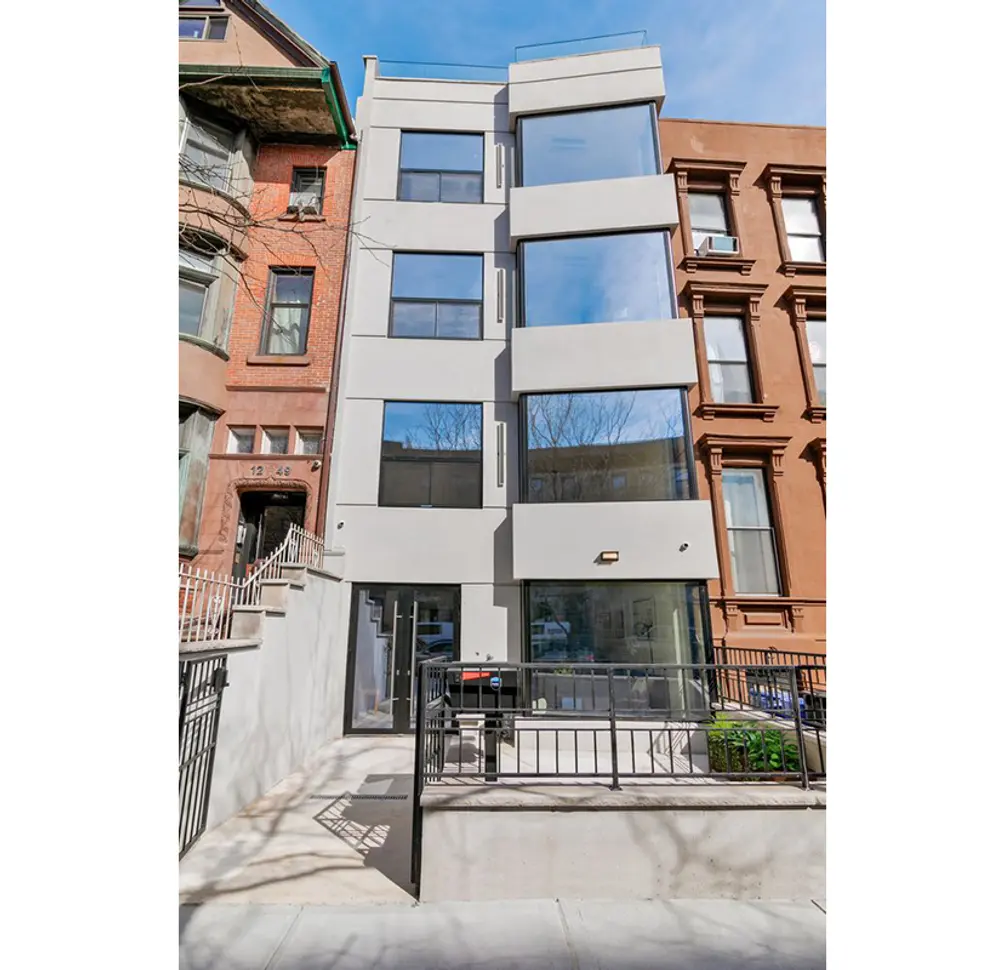 1251 Pacific Street (Compass)
1251 Pacific Street (Compass)
Crown Heights is well known for its prewar townhouses, and 1251 Pacific Street makes an edgy modern addition to its brownstone block. All four floor-through units feature floor-to-ceiling windows, open floor plans, chef's kitchens with high-end appliances, and private balconies. Residential amenities include video intercoms, dedicated storage closets in the cellar, and a common roof deck.

1251 Pacific Street, #2 (Compass)


 1607 Pacific Street (Serhant LLC)
1607 Pacific Street (Serhant LLC)
1607 Pacific Street is located in Crown Heights North Historic District, and the new building pays respectful tribute to its surroundings with a red brick facade. All eight studio to two-bedroom units feature oversized windows, wide plank hardwood floors, open kitchens with Blomberg appliances, and ductless heating and cooling units. All apartments come with private balconies and deeded storage space.

1607 Pacific Street, #3R (Serhant LLC)

 Kensington Manor (Corcoran Group)
Kensington Manor (Corcoran Group)
Kensington Manor is taking shape at the nexus of Kensington and Ditmas Park. An extensive amenity package includes an attended lobby with package room, a fitness center with yoga room, a children's playroom, a residents' lounge, and rooftop terrace with dog run, grill stations, and dining and lounging areas. Additional conveniences include a pet spa, private storage, bike storage, and on-site parking with electric vehicle chargers.

Kensington Manor, #301 (Corcoran Group)

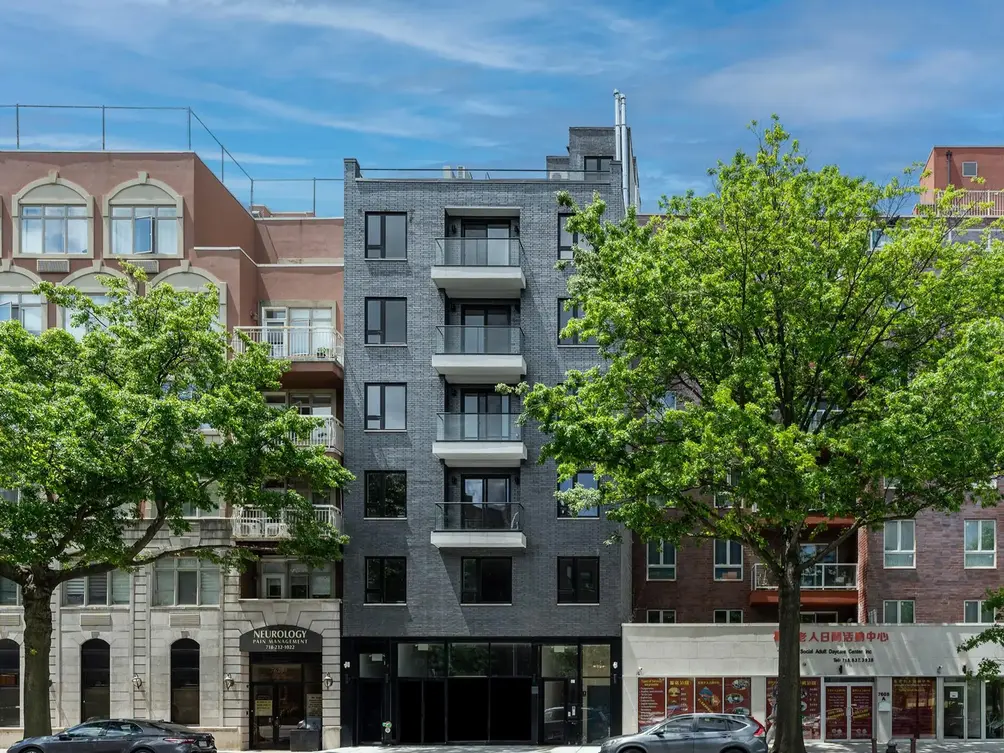 The Bealin (Modern Spaces)
The Bealin (Modern Spaces)
The new boutique condominium at 7616 Bay Parkway was named in honor of Bealin Square across the street, which is located in close proximity to Seth Low Park's playgrounds and sports courts. All 10 units feature smart lock entry, oversized double-glazed windows, LED lighting, wide plank oak floors, smartly designed kitchens, and vented washer/dryer in separate laundry closet. Many units have private outdoor space, and the building is topped with a furnished roof terrace overlooking the Manhattan skyline.

The Bealin, #2B (Modern Spaces)


Would you like to tour any of these properties?
Just complete the info below.
Or call us at (212) 755-5544
Would you like to tour any of these properties?

Contributing Writer
Cait Etherington
Cait Etherington has over twenty years of experience working as a journalist and communications consultant. Her articles and reviews have been published in newspapers and magazines across the United States and internationally. An experienced financial writer, Cait is committed to exposing the human side of stories about contemporary business, banking and workplace relations. She also enjoys writing about trends, lifestyles and real estate in New York City where she lives with her family in a cozy apartment on the twentieth floor of a Manhattan high rise.





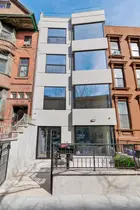


 6sqft delivers the latest on real estate, architecture, and design, straight from New York City.
6sqft delivers the latest on real estate, architecture, and design, straight from New York City.
